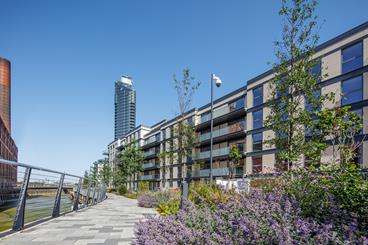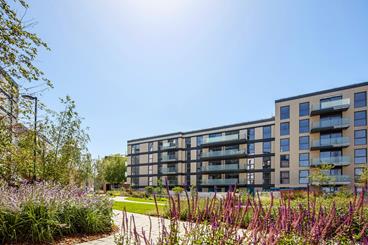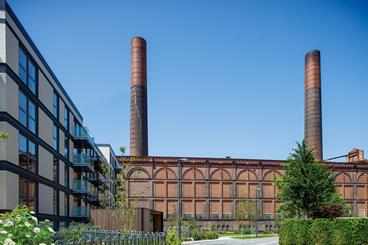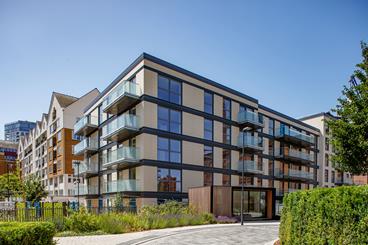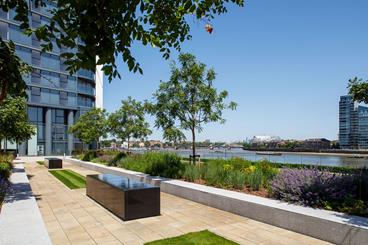A New Chapter for Lots Road
This former industrial site is dominated by a titan of early twentieth century architecture in the form of the imposing Lots Road Power Station. The once coal-dusted streets, lined with warehousing and goods yards, are to be reborn which will represent the single biggest change to the profile of the surrounding area in living memory.
Building on this legacy of power, energy and electrification as a buzzing new urban lifestyle destination, the re-purposing of the former power station will see it become a home to bars, cafés, restaurants and modern work spaces alongside contemporary waterside homes.
Building on this legacy of power, energy and electrification as a buzzing new urban lifestyle destination, the re-purposing of the former power station will see it become a home to bars, cafés, restaurants and modern work spaces alongside contemporary waterside homes.
Layout & Location: A Natural Connection
The development’s location offers stunning views of the architecturally impressive, Lots Road Power Station that sits adjacent, on the northern side of Chelsea Creek. To the east, public walkways meander through The Water Gardens, established as part of the broader Chelsea Waterfront development. From here, a spectacular vista opens up taking in the twinkling lights of Albert Bridge and epic views of the London skyline beyond. With access to the Thames Path and an array of brand new amenities on the door step, Lots Waterside Apartments provides a West London location that is hard to beat.
Download PDF Architecture & context: Balance & Contrast
The contemporary design of Lots Waterside Apartments sits in stylish juxtaposition to the decorative Edwardian architecture of its near neighbour, the soon-to-be renovated Lots Road Power Station. The modern lines and considered architectural styling of Lots Waterside apartments are both sympathetic and complimentary to its iconic surroundings.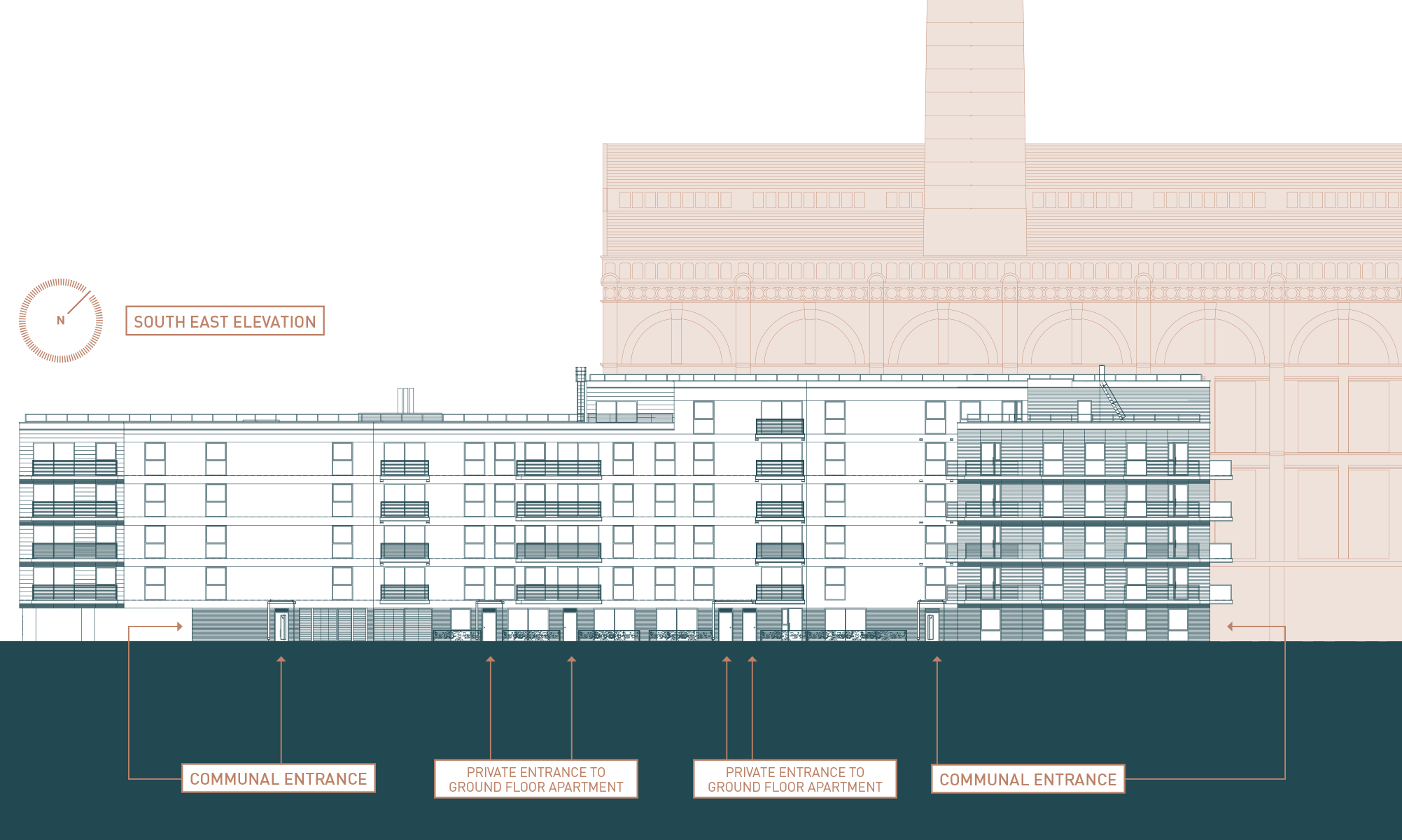
Did you know?
Lots Road Power Station was built in 1904 to power the London Underground, the first electrified underground system in the world. The station burned 700 tonnes of coal a day and had a generating capacity of 50,000 kW. At the time it was claimed to be the largest power station with the tallest pair of twin stacks ever built.
The power station also played a part in the birth of commercial radio in the UK. When the first two stations (LBC and Capital Radio) opened in October 1973, a temporary 'Tee' antenna was strung up between the two chimneys until the permanent site at Saffron Green was ready in 1975.

